Scientific planting, new planting method of konjac
The main diseases in the growth and development of konjac are soft rot, white silk disease and root rot. The most harmful diseases are soft rot and white silk disease. Soft rot of Amorphophallus konjac is a bacterial disease. At present, there is no effective control method, which is a worldwide problem. The main factors for the epidemic and outbreak of konjac disease are the environment of high temperature and humidity (high temperature and rainy climate) and the accumulation of pathogens (bacteria in continuous cropping soil and susceptible species).
In the prevention and control of konjac diseases, we should give priority to agricultural control, supplemented by drug control, and give priority to prevention and comprehensive control. At present, in the prevention and control strategy of soft rot: through cultivation measures to create environmental conditions suitable for the robust growth of konjac, not conducive to the survival of pathogens, infection and epidemic, supplemented by pharmaceutical chemical control, reduce the occurrence of diseases and reduce production losses. production practice has proved to be a more effective way of prevention and control.
First, adhere to the cultivation technical route of disease prevention and fitness:
Select the most suitable area, improve cultivation techniques, popularize intercropping cultivation model, establish rotation system, use fine soil preparation, on-demand fertilization, soil disinfection, taro treatment, suitable sowing, reasonable close planting, comprehensive control of diseases, insect pests and weeds and other high-yield cultivation techniques, through self-propagation, self-supply, self-planting to establish a good cultivation population mechanism of population excellence, individual strength, high accumulation and strong stress resistance.
Second, pay attention to the cultivation techniques of disease prevention and fitness:
1. Select the plots and prepare the land carefully.
Plant konjac on a sandy loam slope with an elevation of 800,000m, with loose and fertile soil, deep soil layer, cool shade and no stagnant water on the gentle slope. Never on flat land, flooded land,
Amorphophallus is planted in yellow mud fields, rice fields and dry slopes with poor soil layer, and it is not suitable to plant konjac in the land where herbicides are widely used in previous crops.
The plots planned to plant konjac should be carefully prepared and ploughed more than twice. Among them, deep ploughing and frozen cutting before winter, ploughing and raking and grinding once before sowing in spring, smashing soil blocks, sorting out stones, weeds and stubble, leveling the soil surface and opening ditches to make boxes in preparation for sowing.
Even making plots should do a good job of soil disinfection. One is to reduce the number of bacteria in the soil, and the other is to kill underground pests. The timing of soil disinfection should be 10 days before sowing. The method of disinfection was spread evenly with quicklime 50m / mu and 100kg / mu and ploughed it into the soil. For plots with more underground pests, 3% phoxim powder or 3% furan powder, 3 kg / mu of mixed fine sand 15 kg ~ 25 kg evenly spread, turned in the soil to control underground pests.
2. Rotation, intercropping and interplanting
The continuous cultivation of konjac can not exceed 3 years, and must be rotated after 3 years. Konjac should focus on avoiding crops such as Cruciferae and ginger that are susceptible to soft rot and eggplant which is susceptible to white silk disease, and it is generally safer to continue with Gramineae crops. Generally, konjac-corn intercropping is more suitable for interplanting.
Planting konjac in areas above 1000 meters above sea level and shady slopes with sunshine hours less than 8 hours at 800 meters above sea level and 1000 meters above sea level.
② 1000m above sea level sunny slope plot, planting konjac to implement konjac-corn intercropping, band pattern of 2 meters, 2 rows of corn 4 Mel 6 rows of konjac.
The planting area of ③ below 800m above sea level adopts 1.5m belt pattern, 2 rows of corn interplanting 2Mel 4 rows of konjac.
3. Do a good job in seed selection, seed preparation and taro treatment.
⑴, seed taro selection. Qingjiang flower konjac and local flower konjac are mainly planted in areas below 1000 meters above sea level, with Anxian flower konjac planted; local flower konjac varieties are mainly planted in areas above 1000 meters above sea level, with Qingjiang flower konjac and Anxian flower konjac planted. In the selection of seed taro, the seed taro with straight shape, no digging injury, no bruise, no mildew, no disease and insect harm, flat mouth, small nest, strong bud and nest-like seed taro was selected. In the specific specifications, the breeding of taro chooses about 30 grams of taro, and the production of commercial taro chooses 250ml 500g of healthy seed taro. Resolutely get rid of susceptible, injured and rotten seeds.
⑵, seed preparation. Seed taro breeding selection of 30 grams of seed taro, sowing 5000 million plants per mu, seed reserve amount of 150 Mu 200 kg. Commercial taro production selects 250 Mu 500 grams of seed taro, 1600 Mu sowing 2800 Mu, mu seed reserve 700 Mu 800 kg.
⑶, seed taro disinfection: before sowing, the seed taro will be dried for 2 days for 3 days, combined with drying for seed taro disinfection. ① per kilogram of taro with 40% formaldehyde 2 ml + potassium permanganate 1 g airtight fumigation for 24 hours. ② with 72% agricultural streptomycin 500x, 53.8% can kill 500x solution, alternate spray disinfection 2 Mel 3 times.
4. Sowing at the right time and reasonable close planting.
⑴, sowing date. The suitable sowing time of konjac in our county is from March 20 to April 10, a little later in the high altitude area and a little earlier in the low altitude area. When sowing, taros are classified and cultivated according to their size.
⑵, sowing density. The row spacing is 6 times the diameter of seed taro and 4 times the diameter of seed taro. General seed taro less than 50 grams, plant spacing 15 murals 20 cm, row spacing 20 murals 25 cm, mu planting 5500 murals 7500 plants; seed taro 50 trees 100g, plant spacing 30 cm, row spacing 45 cm, mu planting 4500mur5000 plants; seed taro 100m 200g, plant spacing 35 cm, row spacing 55 cm, mu planting 2800Mue 3800 plants. The seed taro is more than 200 Mel 400 grams, the plant spacing is 40 Mel 45 cm, the row spacing is 55 mi 60 cm, and there are 1600 MUR 2800 plants per mu.
⑶, planting method. The use of deep trench high border (ridge), ridging cultivation, ridges and furrows to maintain more than 35 cm, border width 40 Mel 120 cm. Large species of taro should be planted in ridges, 1mur2 in one row, small ones in border planting, and 3 in one row in one row. When setting the seed, the main bud was tilted upward at an angle of 45 degrees, and the soil was covered with 10-15cm after sowing. The small kind of taro is slightly shallow, and the large kind of taro is slightly deep. When planting, pay attention to "shallow planting, deep obstruction".
5. Scientific fertilization
The general principle of fertilization in the production of konjac is farm manure, chemical fertilizer, base fertilizer and topdressing.
⑴, base fertilizer. Farm manure 2500 kg / mu, potassium sulfate compound fertilizer 40kg kg / mu, potassium sulfate compound fertilizer 40kg kg / mu and ecological organic fertilizer 50 kg / mu. Farm manure can be sprinkled or ditched. Before ploughing in spring, all farm manure is scattered and raked in the soil. When the compound fertilizer is applied in the ditch, the seed taro is placed obliquely on both sides of the fertilizer ditch, and the bottom fertilizer is applied between the two kinds of taro, and finally ridged and covered with soil to cover the seed 15Mel 20cm. In the process of fertilization, strict isolation of fertilizer species should be carried out to avoid "burning seedlings". Farmers with conditions can put corn stalks or other straws and leaves in the sowing ditch and seed taros on both sides, the effect is better.
⑵, topdressing. Topdressing can be divided into two ways: border topdressing and foliar topdressing. Before the konjac bifurcated and scattered plate (leaf spreading period), combined with ploughing and cultivating soil, first open a small trench between two rows of konjac or dig a small nest in the middle of four nests of konjac, and apply potassium sulfate compound fertilizer 5ml / mu. Foliar topdressing combined with spraying to prevent disease, 50 grams of potassium dihydrogen phosphate was applied per mu, 50 kilograms of water was mixed with pesticides for foliar spraying. When topdressing, the fertilizer should be chased between two rows of konjac plants, and then cover with soil after fertilization, do not touch konjac plants, so as not to cause "burning seedlings".
6. Amorphophallus konjac weeding and soil cultivation
⑴, covered with grass. When sowing, it is advocated to cover the border with grass and "make grass with grass". Grass mulching on the border can preserve soil moisture, keep heat, control and restrain the growth of weeds and reduce the occurrence of diseases. Straw mulching is made of rice straw, wheat straw, rape shell and mountain weeds. it is better after sowing and before dispersing, with a thickness of 5ml and 10cm.
⑵, weeding: summer is the season of high incidence of weeds. Weeds compete with konjac for fertilizer and water, which seriously affect the normal growth of konjac. Before emergence, choose sunny day, shallow hoe 2cm. After emergence, the seedlings can only be pulled out by hand, and weeding with agricultural tools is prohibited. If there are a small amount of weeds in the middle and later stages of konjac growth, weeding can no longer be done as long as it does not affect the normal growth of konjac.
⑶, clear ditches and drain water, cultivate soil and choke roots. Konjac has the characteristics of like wet, afraid of water stains, poor drainage, easy to lead to poor ventilation of konjac seedlings. After the emergence of Amorphophallus konjac, timely trench drainage, dredging and dehumidification, reduce soil water content, enhance the anti-wind and lodging ability of konjac.
⑷, ridge cultivation. Amorphophallus likes a wet environment, but is afraid of water stains. Ridging cultivation can create a relatively dry soil environment for konjac in overcast and rainy season and reduce the occurrence of diseases.
7. give priority to the prevention and control of soft rot, and do a good job in the control of konjac diseases.
The main diseases of konjac are soft rot, white silk disease and root rot. Among them, the most harmful are soft rot and white silk disease. The disease prevention and control of konjac should be based on prevention, supplemented by drug control, and comprehensive physical and chemical control should be carried out. The emergence rate reached 10% to start chemical control; in the selection of agents: ⑴ 150 times the equivalent Bordeaux solution. ⑵ 72% agricultural streptomycin 2500 times solution. ⑶ 53.8% can kill 1000 times the liquid. ⑷ 50% Bixiudan (chlorobromoisocyanuric acid) 1000 times solution. Start spraying medicine from the emergence of seedlings, first spray 1Mel twice equal volume Bordeaux liquid, then spray 72% agricultural streptomycin 2500 times liquid and other pesticides, choose one at a time, 7Mel spray once in 10 days, alternately spray 3Mel 4 times. Spraying time is carried out after 4 p.m., so as not to cause drug damage. Remove the central diseased plants in time and disinfect them with quicklime so as not to infect other healthy plants.
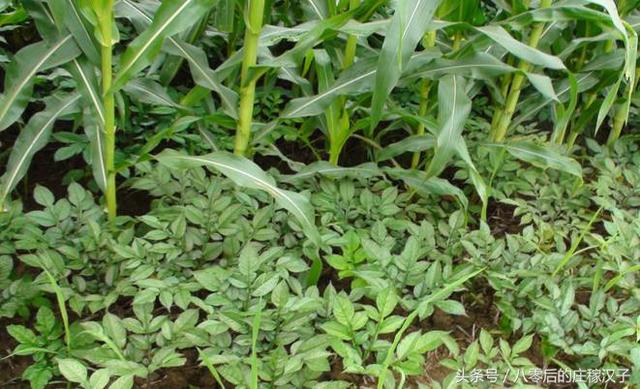
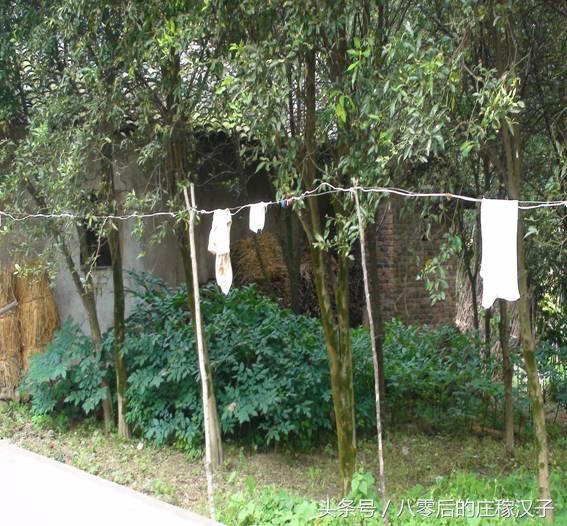
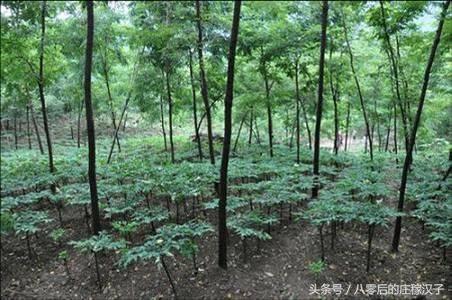
- Prev
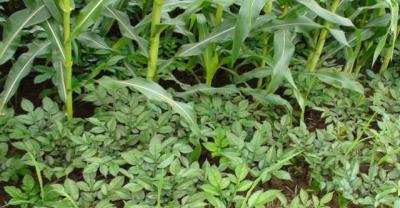
Planting shepherd's purse with high benefit and large-scale planting technology
From "what you grow and eat" to "what you eat"-- the transformation of wild shepherd's purse enlightens the agricultural supply-side reform of fresh wild vegetables that used to grow on the roadside of ditches.
- Next
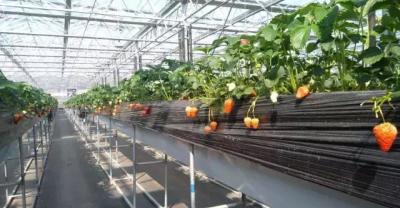
Planting technology: balcony vegetable planting-spinach
Spinach, also known as Persian vegetables, red root vegetables, parrots, etc., belongs to the spinach genus of Chenopodiaceae, annual herbs. The plant can be up to 1 meter high, with conical roots and reddish roots.
Related
- Fuxing push coffee new agricultural production and marketing class: lack of small-scale processing plants
- Jujube rice field leisure farm deep ploughing Yilan for five years to create a space for organic food and play
- Nongyu Farm-A trial of organic papaya for brave women with advanced technology
- Four points for attention in the prevention and control of diseases and insect pests of edible fungi
- How to add nutrient solution to Edible Fungi
- Is there any good way to control edible fungus mites?
- Open Inoculation Technology of Edible Fungi
- Is there any clever way to use fertilizer for edible fungus in winter?
- What agents are used to kill the pathogens of edible fungi in the mushroom shed?
- Rapid drying of Edible Fungi

